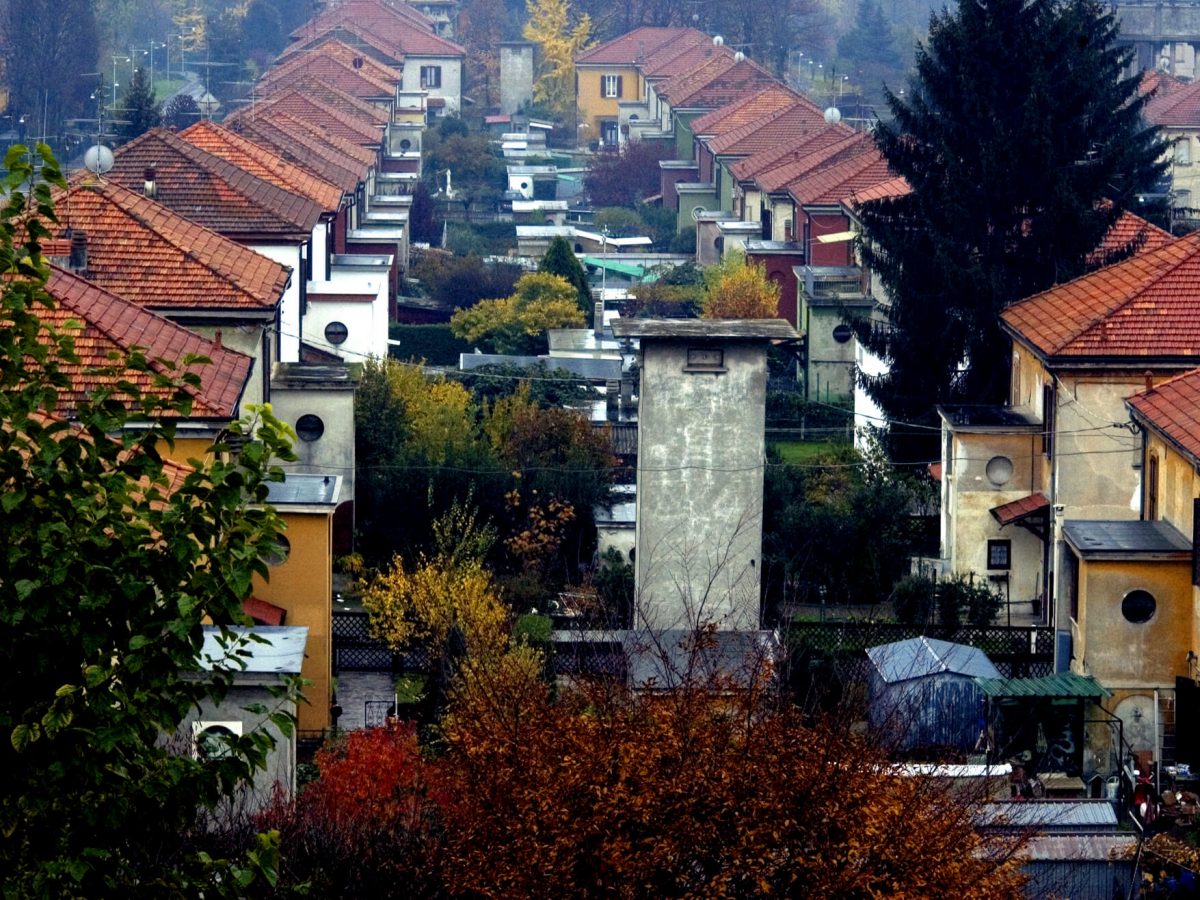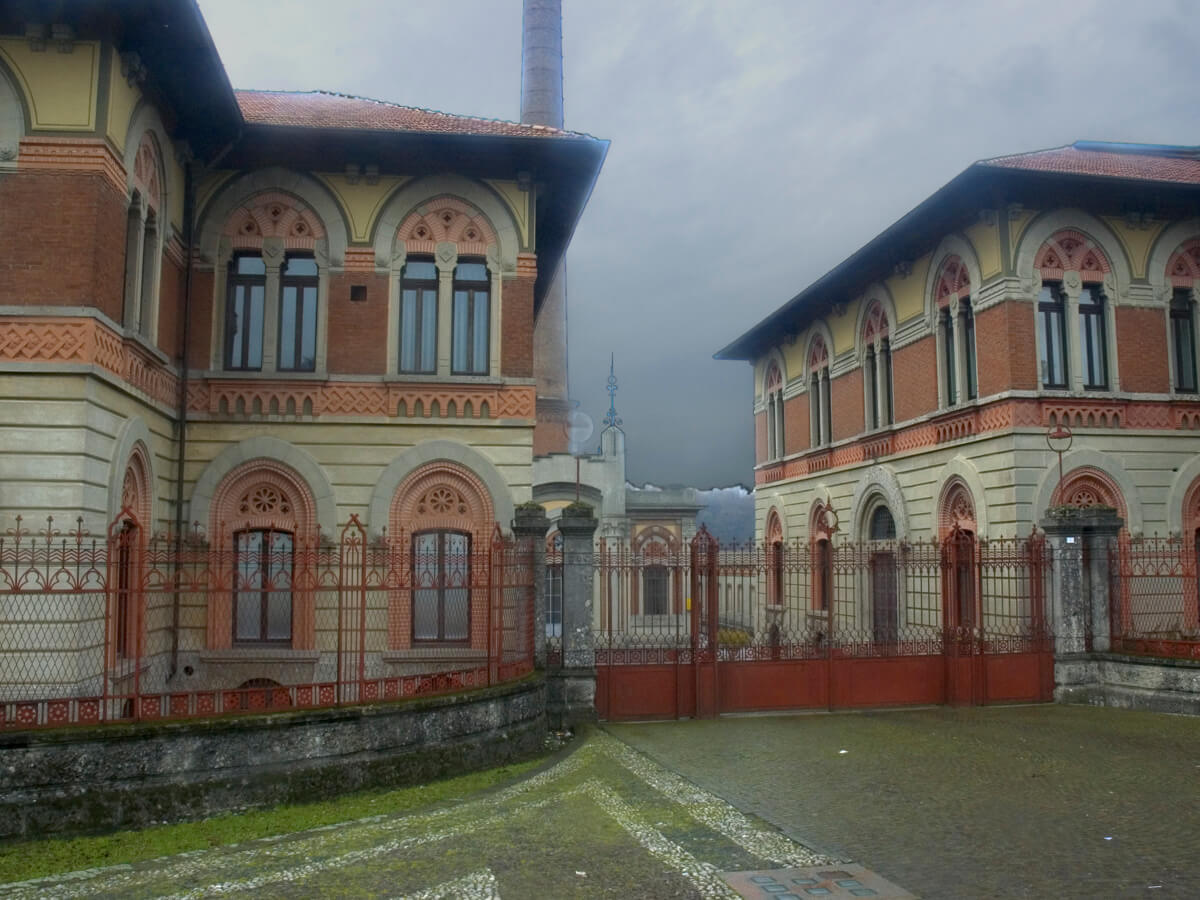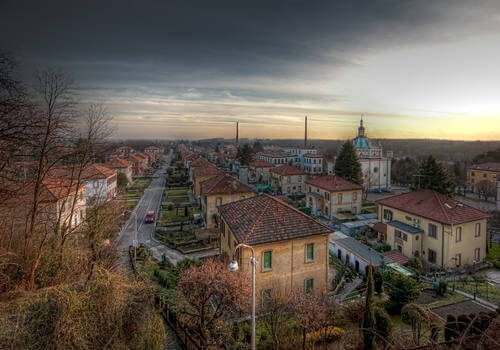The workers’ village of Crespi d’Adda is situated in Capriate San Gervasio in Lombardy, at the extreme southern point of the “Isola Bergamasca”, nestled between the Adda and Brembo rivers and the foothills of the Alps.
Crespi d’Adda is an outstanding example of the 19th and early 20th century phenomenon of the ‘company town’ found in Europe and North America, which was an expression of the prevailing philosophy of enlightened industrialists towards their employees.
The village was founded by Cristoforo Benigno Crespi, to house the workers in his textile factory and its final form was developed by Cristoforo’s son, Silvio Benigno Crespi, who had studied the functioning of German and English cotton mills. He developed the town to provide comfortable housing and services in order to maintain a stable workforce and prevent industrial strife.
The town remained under the ownership of a single company until the 1970s after which many buildings, particularly houses, were sold to private individuals. Industrial activity has significantly declined with corresponding depopulation.
Completed in the late 1920s, the town offered employees a high standard of living with housing in multi-family residences (each with its own garden) and community services that were well ahead of the times. The entire town was laid out in a geometrically regular form, bisected by the main road from Capriate. The factory buildings and the offices were situated on one side of this road, on the left bank of the River Adda, and the village itself on the opposite side of the road following a rectangular grid of roads in three lines. The houses differ from each other in style offering a nice variety to the townscape, a variety that corresponds to the role its occupants originally played inside the factory.
Workers benefited from other amenities in addition to housing including public lavatories and wash-houses, a clinic, a consumer cooperative, a school, a small theatre, a sports centre, a house for the local priest and one for the doctor, a hydroelectric power station which supplied free electricity and other common services. There were also buildings with a more symbolic value such as the church, the castle (residence of the Crespi family), a new office complex, and houses for the factory managers located south of the workers’ residences.





